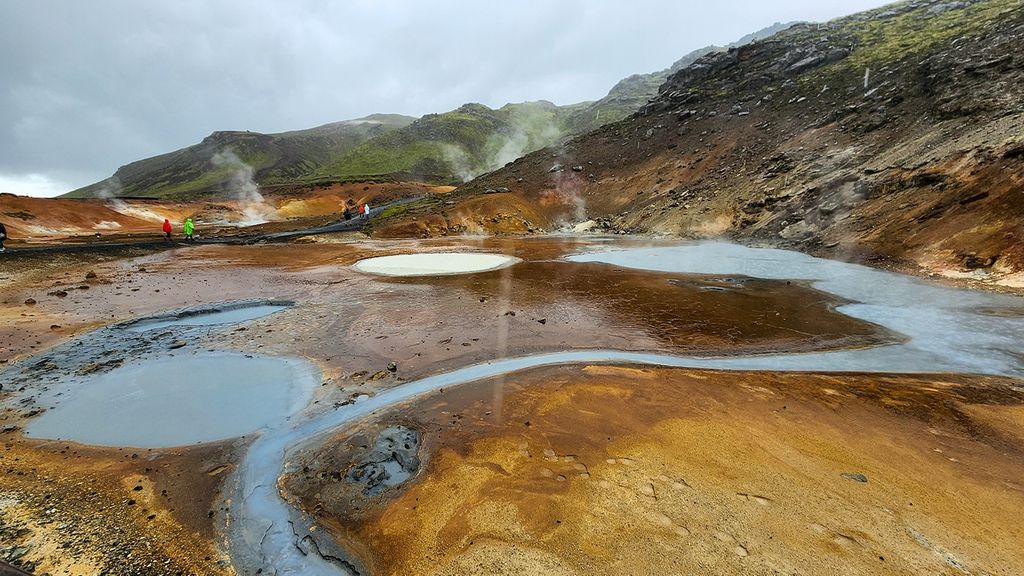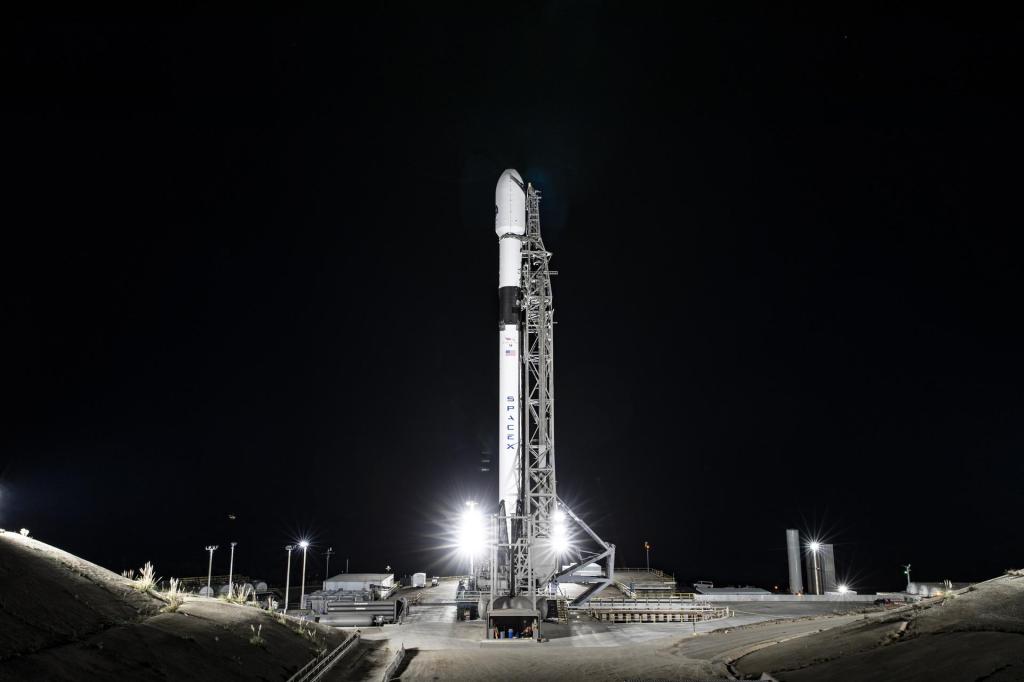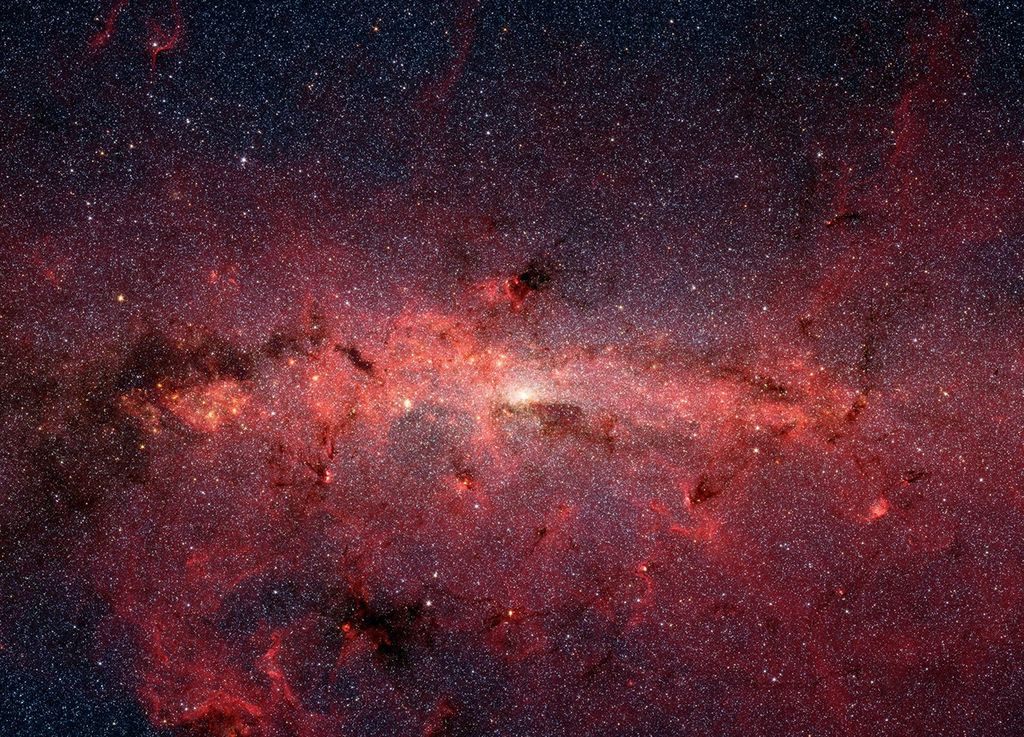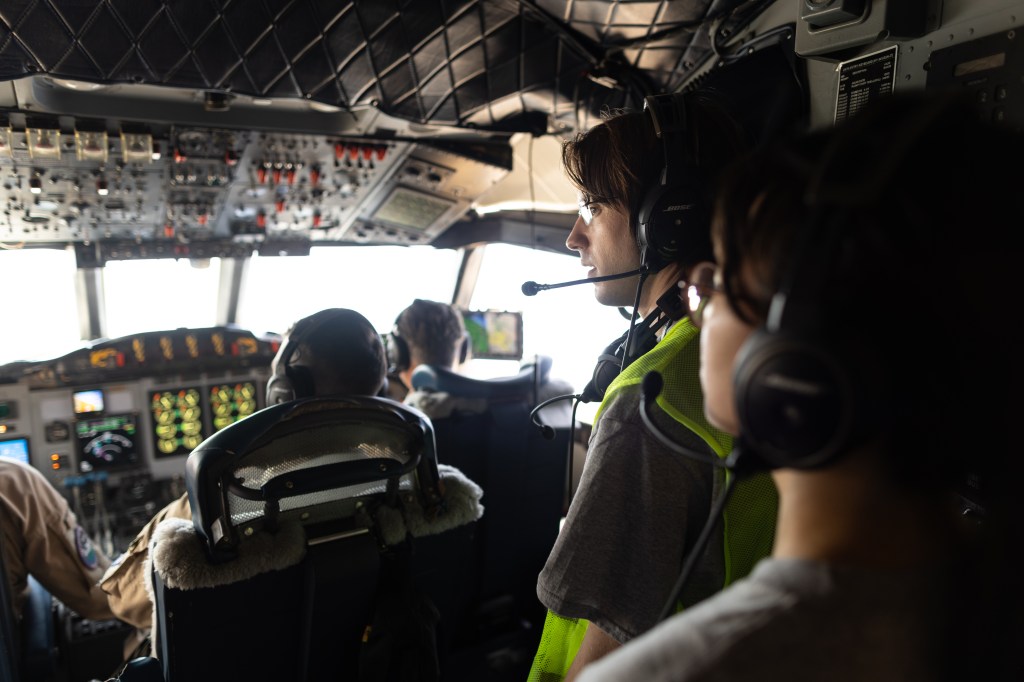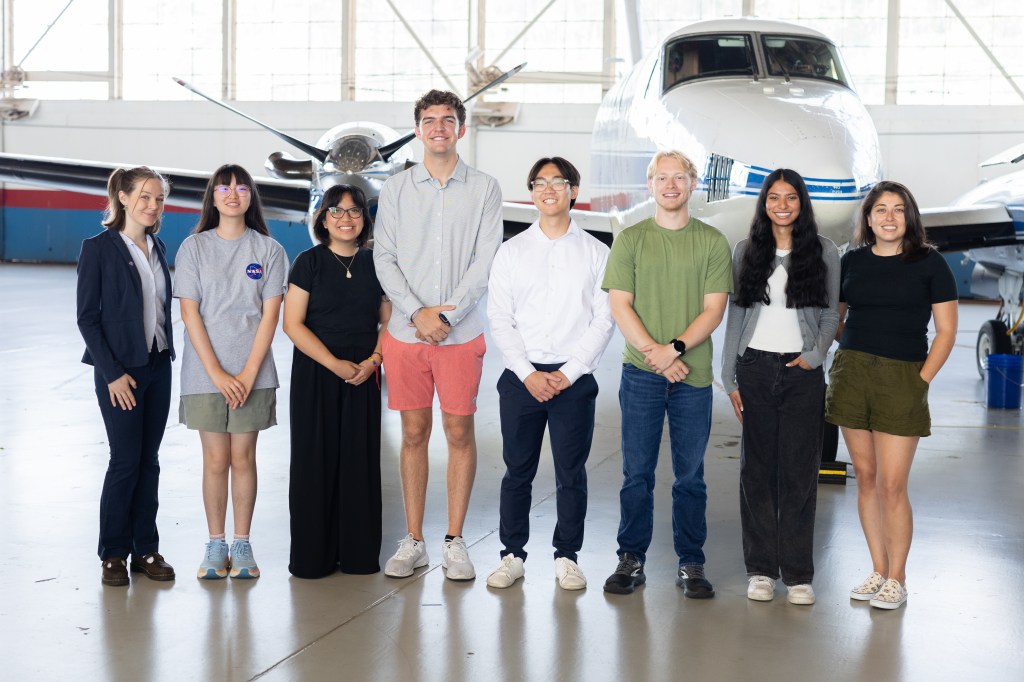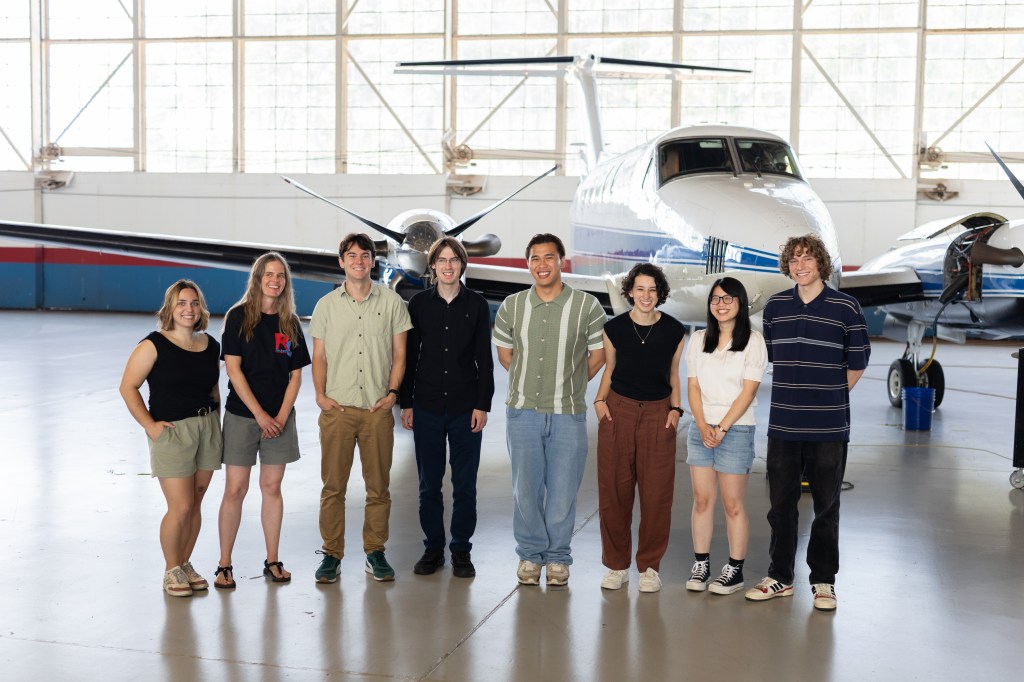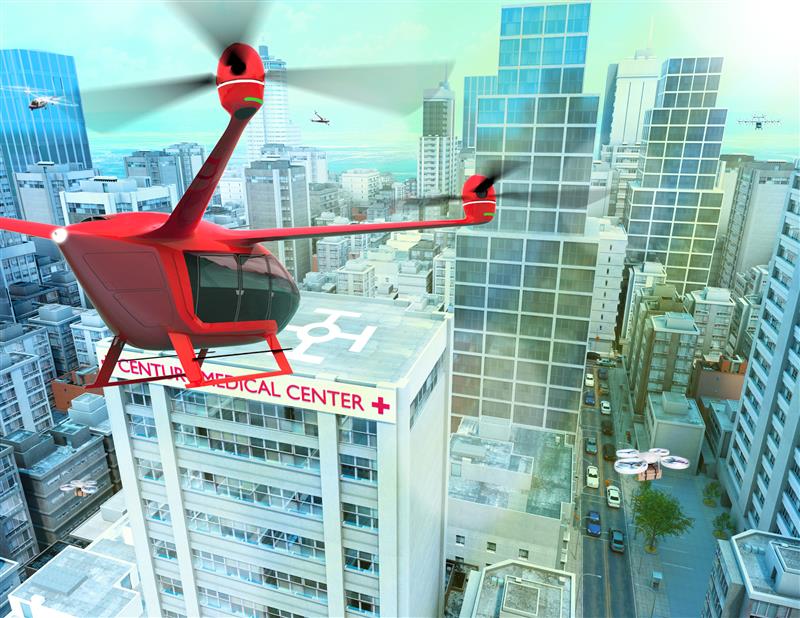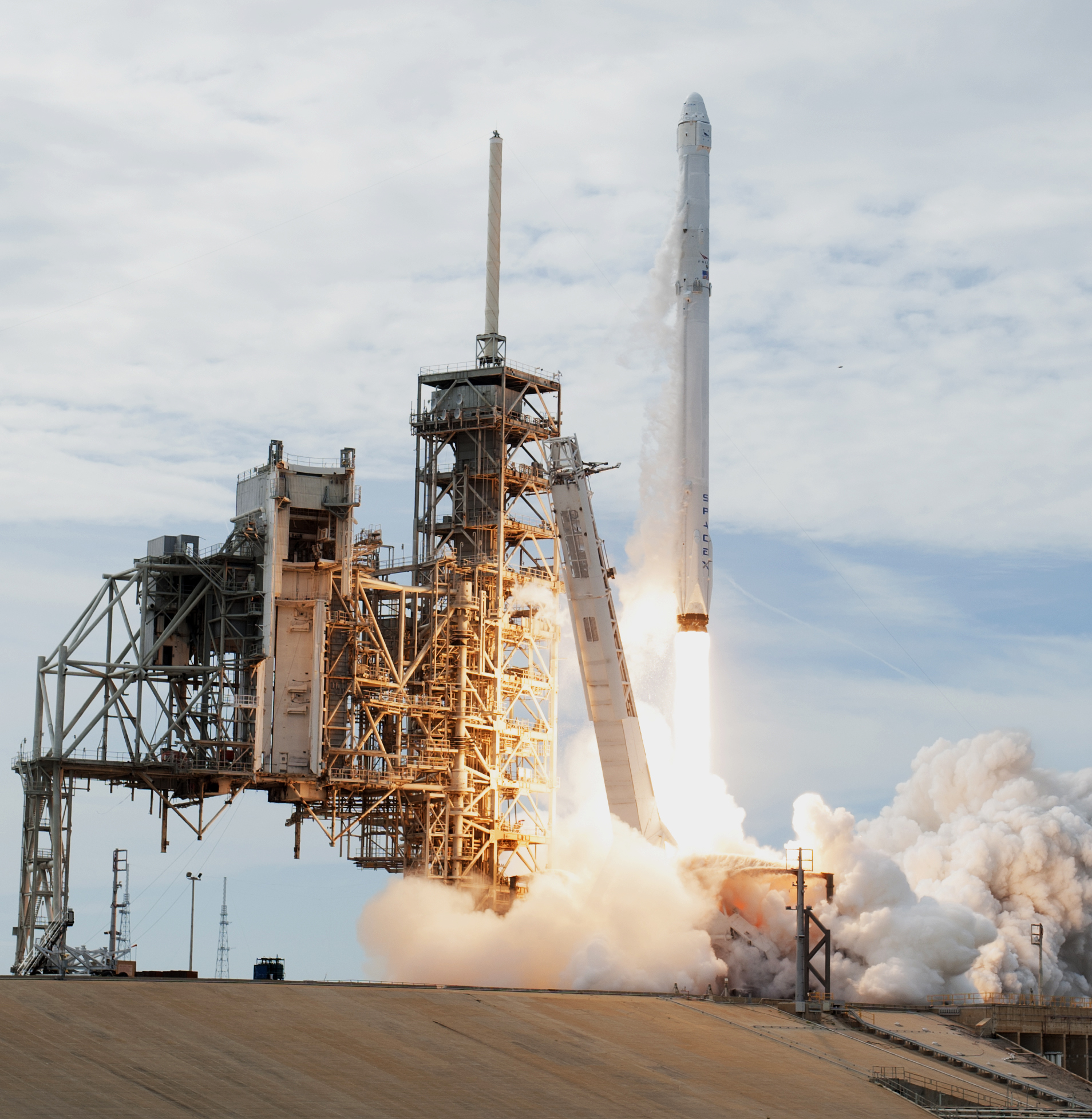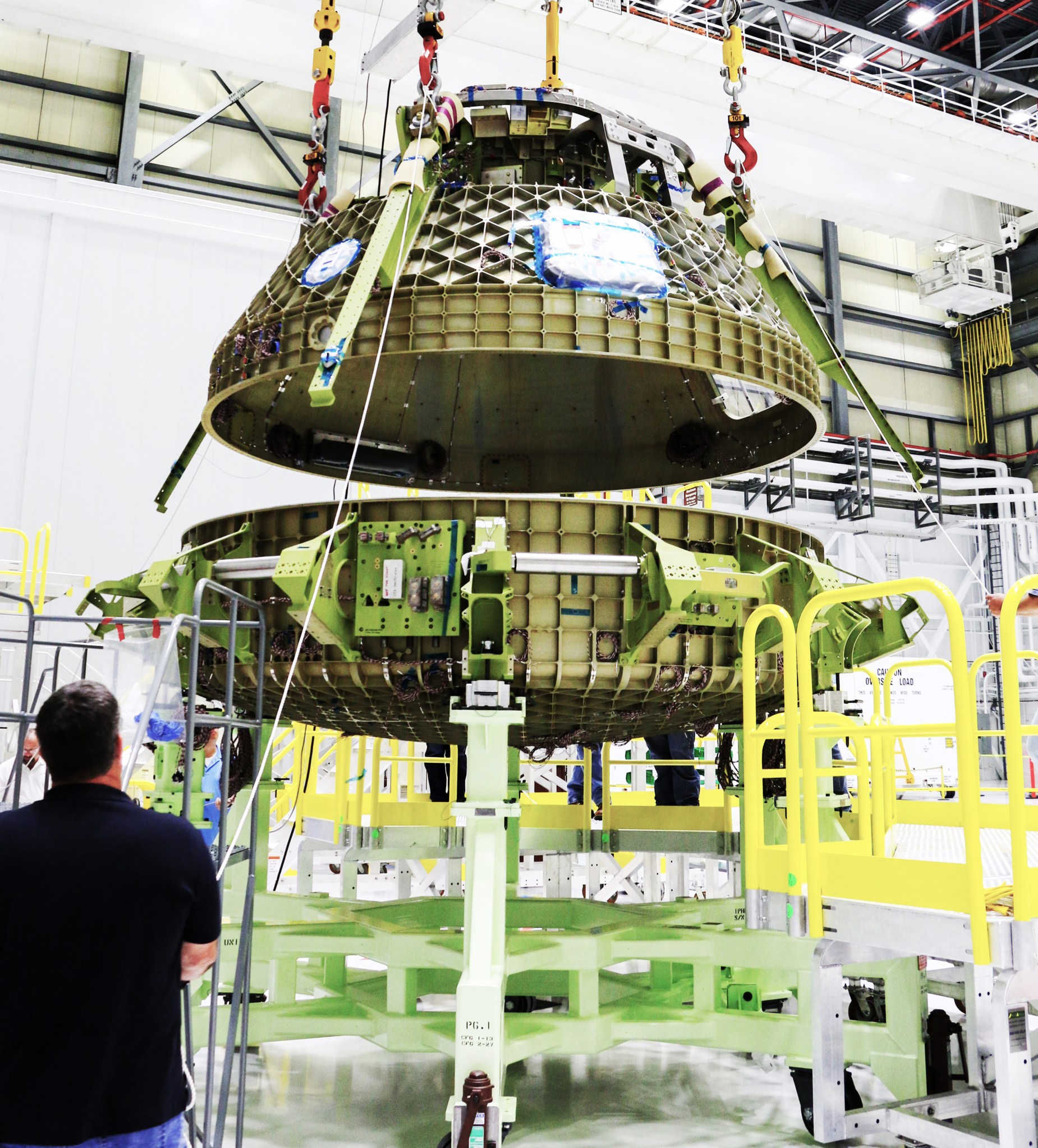By Bob Granath
NASA’s Kennedy Space Center, Florida
Well before the final space shuttle touched down in 2011, the burgeoning commercial space industry was expressing interest in expanding business pursuits in space. At the same time, NASA’s Kennedy Space Center in Florida found itself in a unique position. For over 30 years most of the center’s resources were dedicated for the expressed purpose of supporting the Space Shuttle Program. Now Kennedy was left with excess facilities and capacity with no program requirements or funding.
How would the center and its workforce respond with this change in role?
A more comprehensive vision was required to meet the emerging needs of both the civil and commercial space industries as the Space Shuttle Program was officially slated to end. Center leadership began looking to the future by developing an innovative concept for the historic Florida launch site: A new multi-user spaceport.
Deputy Center Director Janet Petro was tasked with chairing the Master Plan Steering Group, a team composed of agency and center experts committed to maximizing Kennedy’s competitive position, namely its experience, location and infrastructure to meet the nation’s forthcoming spacefaring needs. This “Future Development Concept,” developed in 2012, called for NASA to extensively partner with industry, remove unnecessary government oversight and allow commercial ventures to conduct operations using agency facilities and launch pads. Additionally, plans called for aerospace companies to fly astronauts from a multi-user spaceport.
“We looked at the landscape searching for the best way to use the available assets,” Petro said. “We realized we needed to change our focus from a big government, NASA-only space center to the agency partnering with others.”
This operational model change was unprecedented. Some questioned whether it should be done. Even if this transformation could be accomplished, many believed it would take many years for these changes to become a reality.
But this new vision sparked a commercial space revolution at the center.
At a Kennedy Partnership Landscape Forum, Center Director Bob Cabana explained the center’s new approach.
“Now we’ve got multiple commercial customers and we’re utilizing center assets to become a spaceport with government and commercial operations,” he said. “If you look at what we’re putting in place here at Kennedy, it’s pretty amazing.”
In 2015, well ahead of expectations, Kennedy met the objective of becoming a premier, multi-user spaceport, as laid out in its Master Plan.
Partners from government, industry and academia are finding new uses for Kennedy’s unique assets as the agency turns over no longer needed facilities. Whether it’s Blue Origin, planning to build rockets on Kennedy property at Exploration Park; Boeing, modernizing the shuttle’s Orbiter Processing Facility to develop their Starliner spacecraft to ferry astronauts to the space station; or SpaceX, launching rockets with cargo — and soon crews — to the station; the Florida spaceport now is the cornerstone of spaceflight.
The goal was fulfilled by successfully attracting commercial partners, but in doing so, NASA had to change the way it does business.
“We knew we had to find a way to eliminate ‘red tape’ and unnecessary regulations and bureaucracy,” Petro said. “This was the game changer. Removal of unwarranted government oversight has led to innovation and efficiency.”
Click here for the full story on how Kennedy became a premier, multi-user spaceport.








